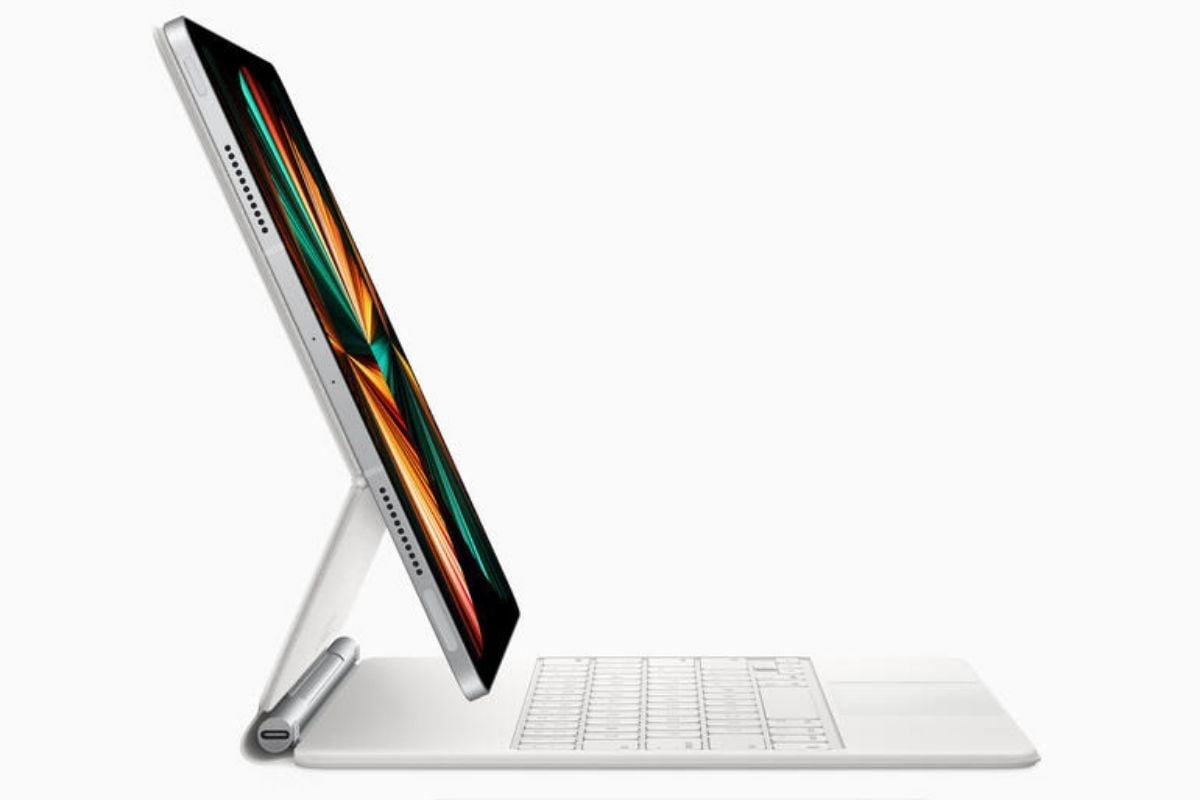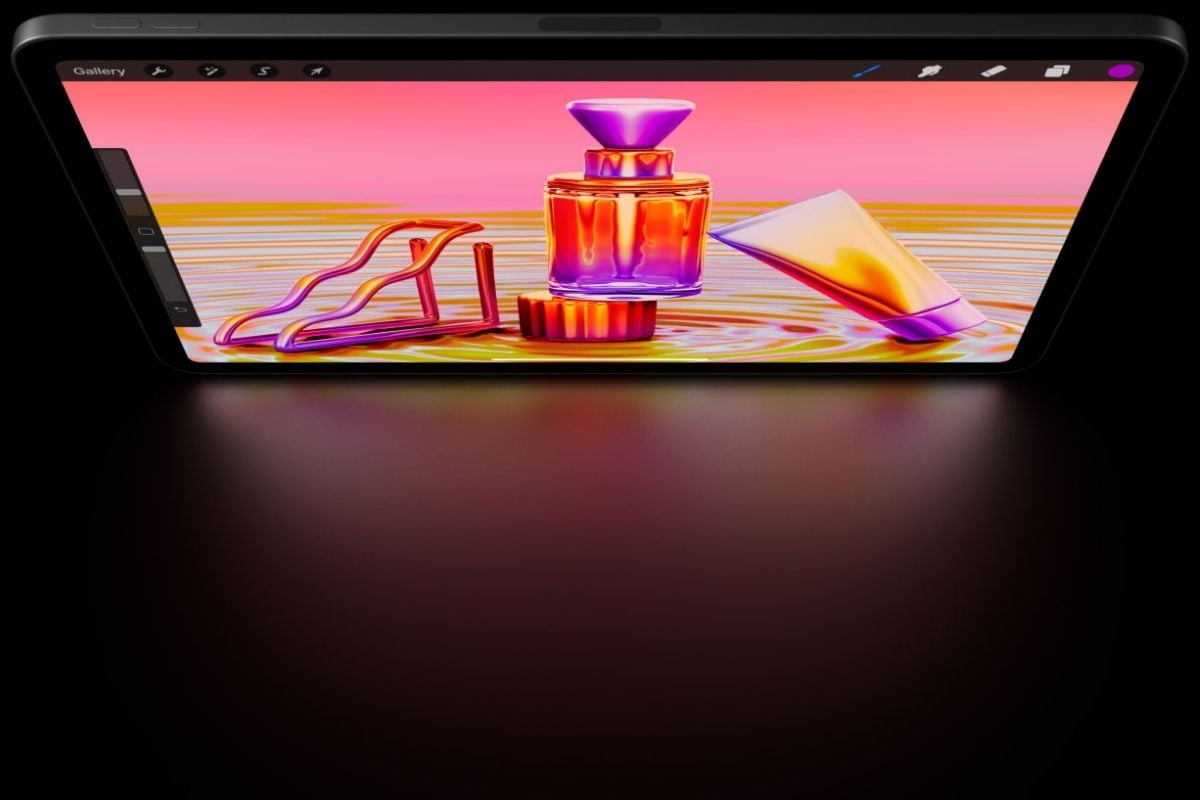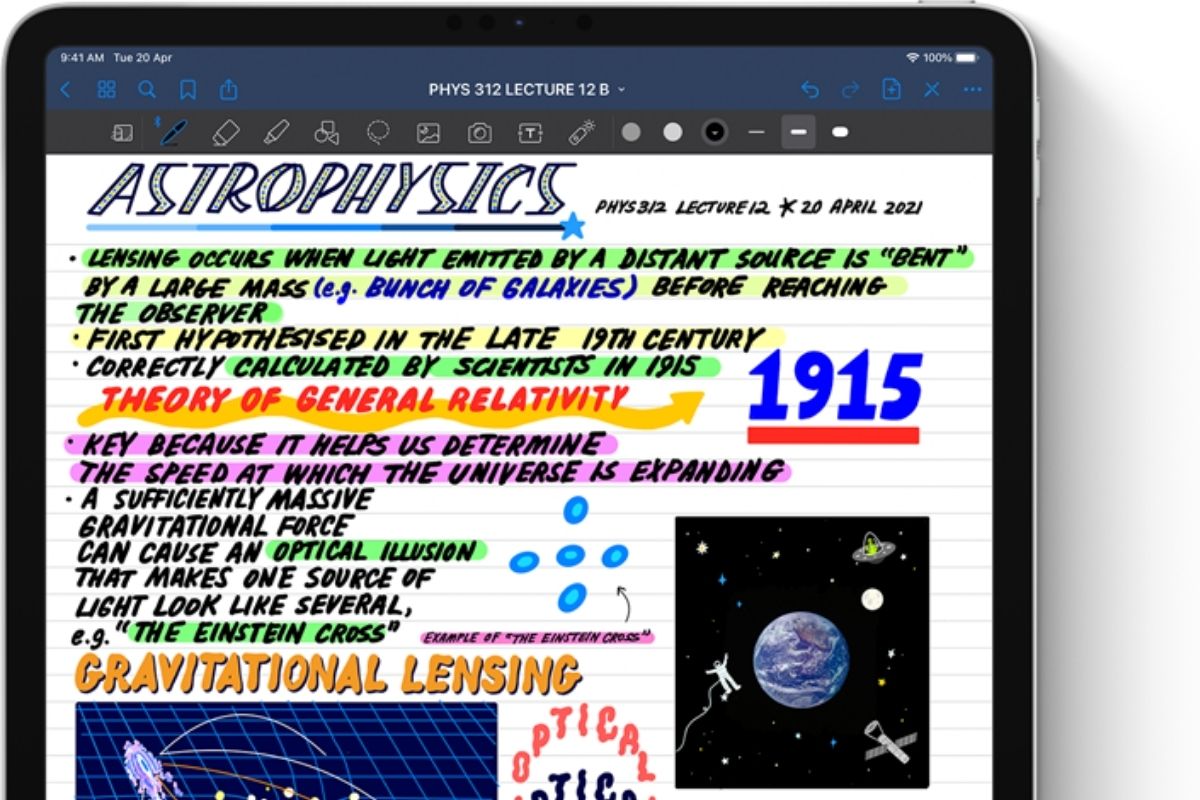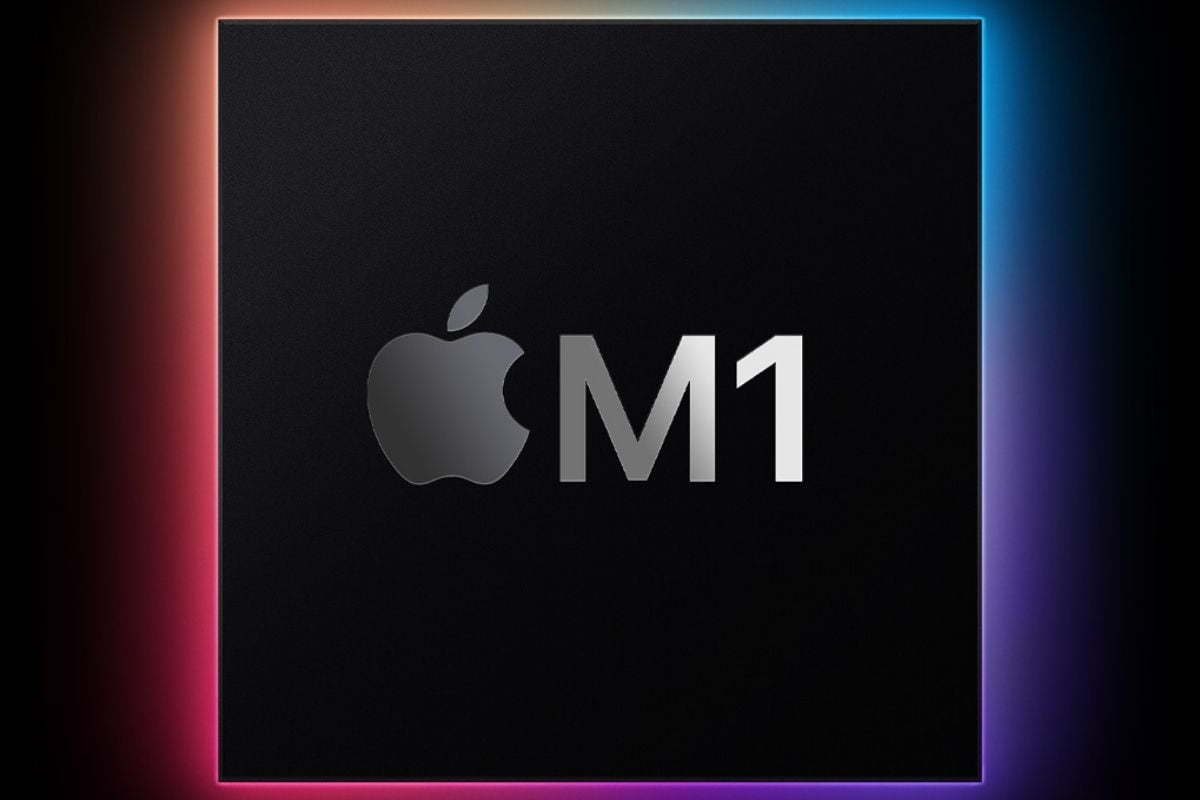Apple has always positioned the MacBook as a device for the consumer that is more content-driven, with heavier tasks being a priority, whilst the iPad has been made out to be a bridge of sorts between a conventional laptop and a tablet. To me, however, that has never stood up to its charm. Having used iPads in the past (be it Pro or Air), the capabilities were there, and the promise of a laptop seemed just near about at its peak. This year, Apple has finally launched a device under the iPad moniker that can technically replace a laptop for a user. Here’s why I think so.
Which iPad Is Truly Capable of Replacing A Laptop?
Apple offers a variety of iPads as part of its portfolio. From the base iPad to the iPad Mini for a user looking for a smaller device to the iPad Air that prioritises ease of use and has decent specifications. However, the star of the show always seems to be the iPad Pro and, why should it not? It has the Pro moniker, does it not? Well yes, but until much recently, the iPad Air was the star of the show for sporting the A14 Bionic chip at a time when the iPad Pro was stuck with the A12Z. Now, with the new iPad Pro devices, Apple has replaced the ageing A12Z in favour of the M1 chip, which is also being employed for use at the MacBook side of things with both MacBook Air and Pro running M1 chipsets. What sets the new iPad Pro apart, you ask? Read further to know why I feel this iPad Pro is the best Apple has to offer.
Why The iPad Pro Is Truly Capable of Replacing A Conventional Laptop
Making statements of the product being capable or incapable will do no good, so here are four major reasons why I believe that the iPad Pro is truly worthy of being your next device, even if you are in the search for a laptop.
1. Ease Of Use
One of the key reasons as to why someone purchases a laptop instead of a desktop is that of portability and, with a lightweight and compact design, the iPad Pro excels in this regard. However, at times this may act as a disadvantage. This might occur if the device in question does not offer options for accessories that might be used for tasks such as mahjong presentations, software-based ventures, editing videos or performing graphically intensive tasks, wherein multiple displays and a proper keyboard are often key. Due to the availability of cable and dock options as well as the Thunderbolt and DisplayPort connectivity options, when the user is at his or her desk, it is very easy to add another display for increased productivity. Interestingly, with the Thunderbolt based connectivity and high-performance cables and docks, the iPad Pro can even power the flagship Pro Display XDR at its peak 6K resolution without breaking a sweat, which is seriously impressive for a device of its form factor. Further improving its cause, due to the availability of the Apple Pencil, Magic Keyboard and Magic Mouse, all of which are easily usable with the new iPad Pros, the tablet forgoes its basic definition and offers a laptop-like experience. This allows for the iPad to provide the ease of tasking and portability without compromising on key features or accessories that are important when performing complex tasks and even basic tasks that are easier on a keyboard.
2. Audio and Video Capabilities Fit For Studio Use
Pre-Covid times did not warrant a need for good audio and video related capabilities, but if the pandemic has taught us anything, it is that good audio and video is key in most situations. Be it content consumption or a simple video call; they are of the utmost importance. Keeping this in mind, Apple seems to have worked on the iPad Pro by providing it with a TrueDepth 12MP camera that has a viewing angle of 122-degrees, which is quite wide The new video call feature also opts for a wider view which, when compared to ML that works in sync with the M1 chip, allows for the iPad Pro to keep the user in the center of the frame, despite any movement that may take place. Additionally, the new iPad Pros also come with support for 4K video recording at up to 60fps, 1080p HD video recording also at 60fps and 720p HD videos at 30 fps. What is key here is the availability of 2x optical zoom and stabilisation, which makes recording videos a breeze. As for the audio side of things, the device supports stereo recording and Dolby Vision production, which,h when used with the new four-speaker audio system enables the option of Dolby Atmos sound.
3. Better Battery Life
Another aspect of a smart device that has been amplified in the post-covid (if we can call it that) era is that of battery life. We saw the need for better battery life due to the hours being spent online increasing and, a device that has a poor endurance state is one that will not last in today’s day and age. Fortunately, owing to the new M1 chip, the new iPad Pro models should be able to provide users with up to 10 hours of battery even with active web searching, content consumption and Wi-Fi operation, with cellular models being rated at providing 9 hours of web access. This is great news for a regular laptop user who is limited to 5, at most 6 or 7 hours of battery life on their work computer. The iPad will be able to provide a reliable amount of endurance in most use cases, with the need to being close to a proper outlet being greatly reduced. The freedom from worrying about the constant amount of charge remaining might aid the user when it comes to tasks, with their focus being more on the work at hand rather than the battery percentage.
4. Performance Like a Workhorse
The most important change of them all for the iPad Pro is the new chipset, which is the M1 chip. The M1 chip is a desktop-computer equivalent processor that can provide the iPad with the computing, security and graphics related performance that it requires to beat desktop or laptop computers. With two variants of the new M1-powered iPad Pros on offer, the devices can boast of a Liquid Retina (264-pixel-per-inch LED-backlit) display with a resolution of 2388x1668 pixels. In the larger 12.9-inch version, the panel is changed to a Liquid Retina XDR (264-pixel-per-inch mini-LED backlit) display with a resolution of 2732x2047 pixels. In terms of storage, there is a base version at 128GB all the way up to 2TB, so one can choose the amount of storage they might need on their use case. This essentially means there is no lack of storage, which might have plagued users shifting to the iPad. The star of the show, however, is the chip itself, featuring an 8-core CPU that packs within itself four performance cores and four efficiency cores capable of delivering up to 50% faster performance in comparison to the last-gen chip. The architecture underneath allows the device to do tasks such as file access, loading apps and cloud-platform based performance much faster and efficiently. For gamers, the dedicated 8-core GPU provides up to 40% faster performance, and the 16-core neural engine further aids it in its quest. These reasons all together result in a device that poses a serious threat to the basic concept of the laptop, with the iPad reaching a state of parity (at least to some extent) with devices much larger than it, for a similar price.




